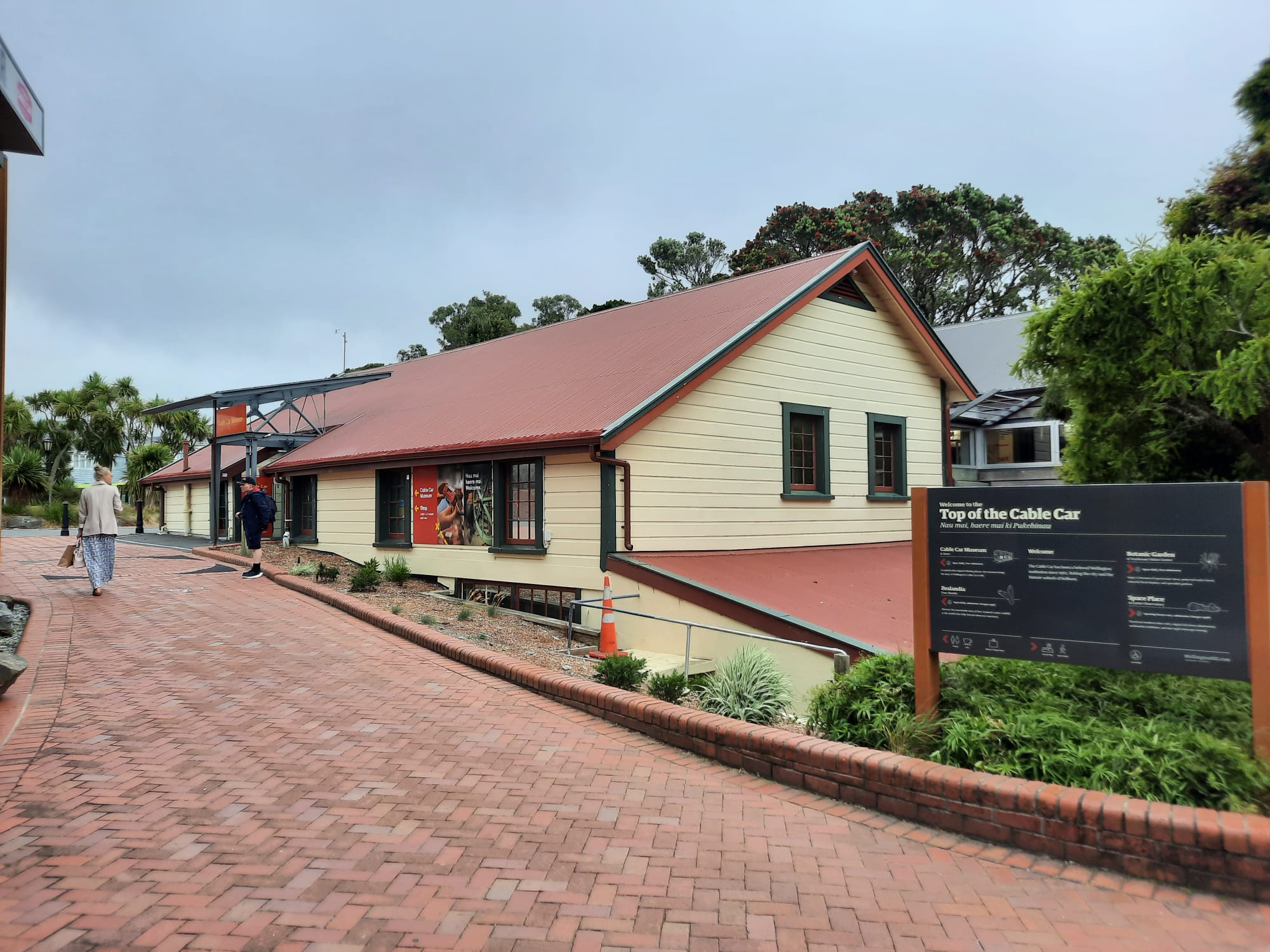Cable Car Museum, Wellington
The Cable Car Museum in Wellington is free to visit, making it a great resource to learn about one of Wellington’s top visitor attractions, and the Victorian expansion of the city.
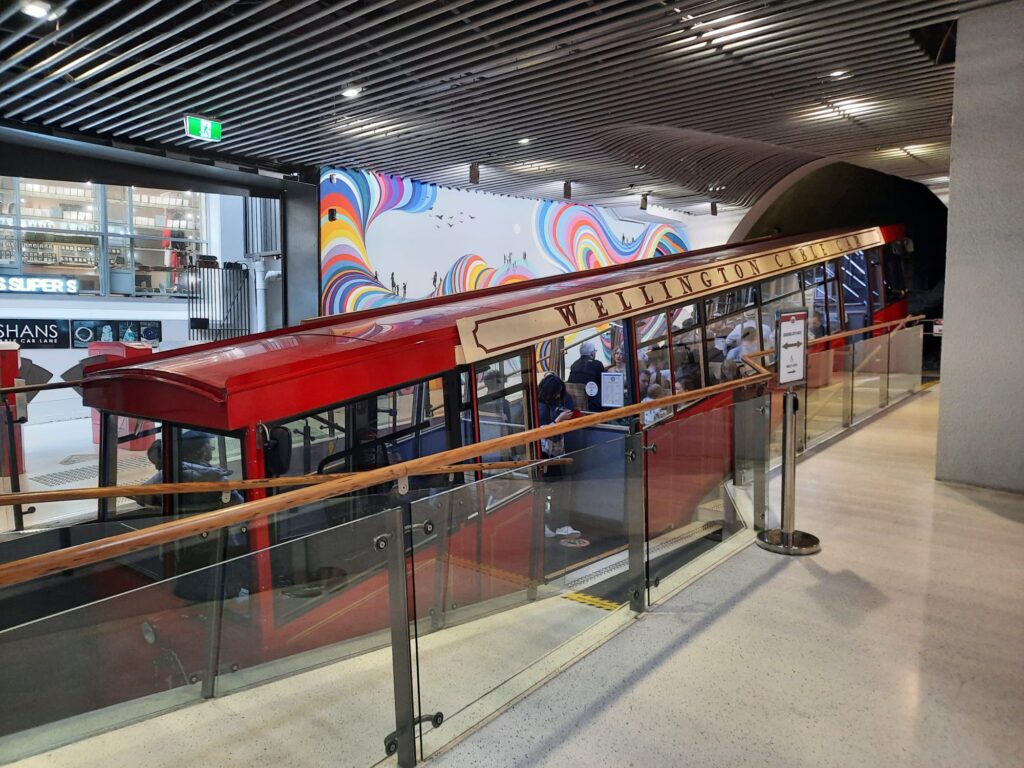
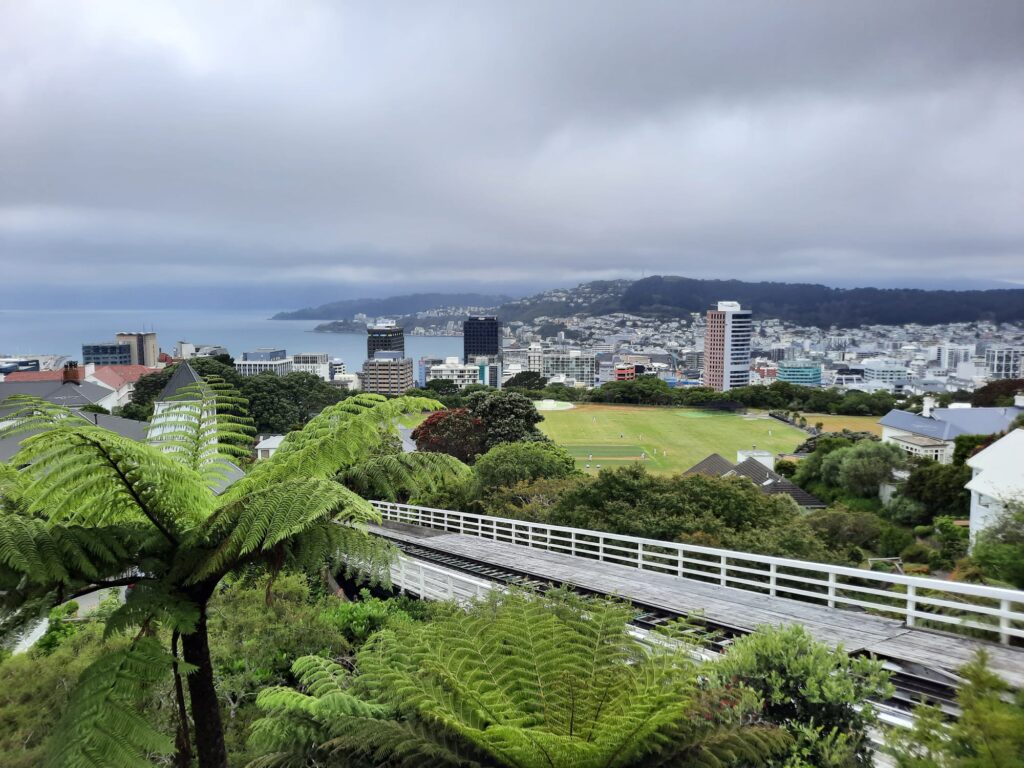
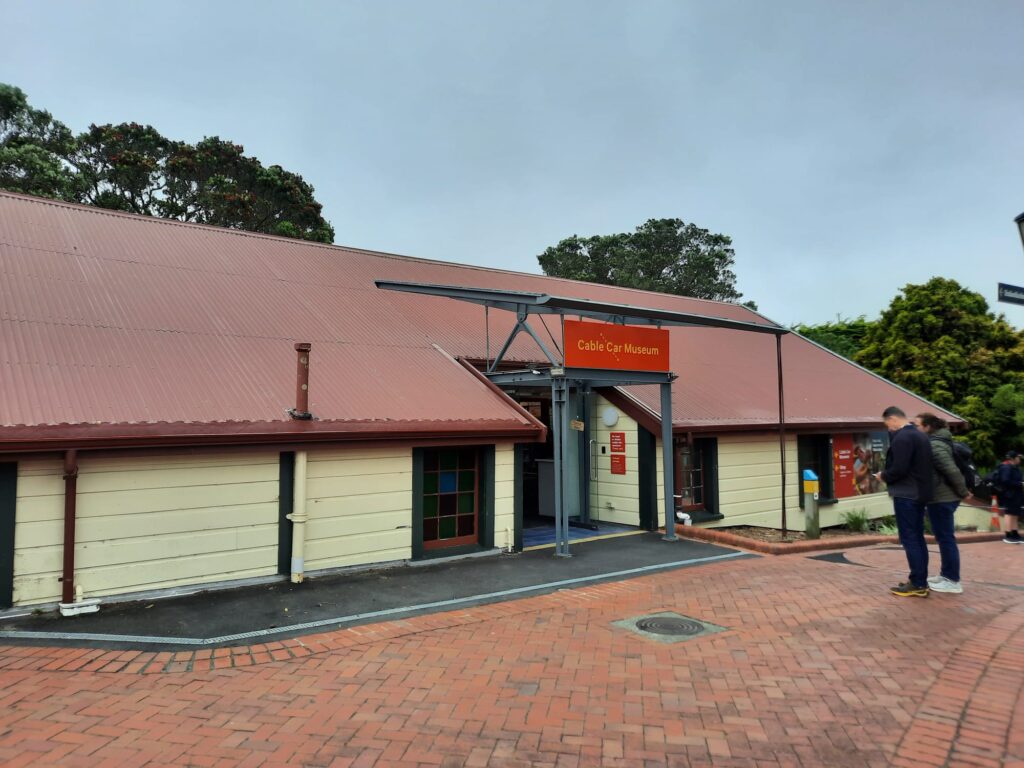
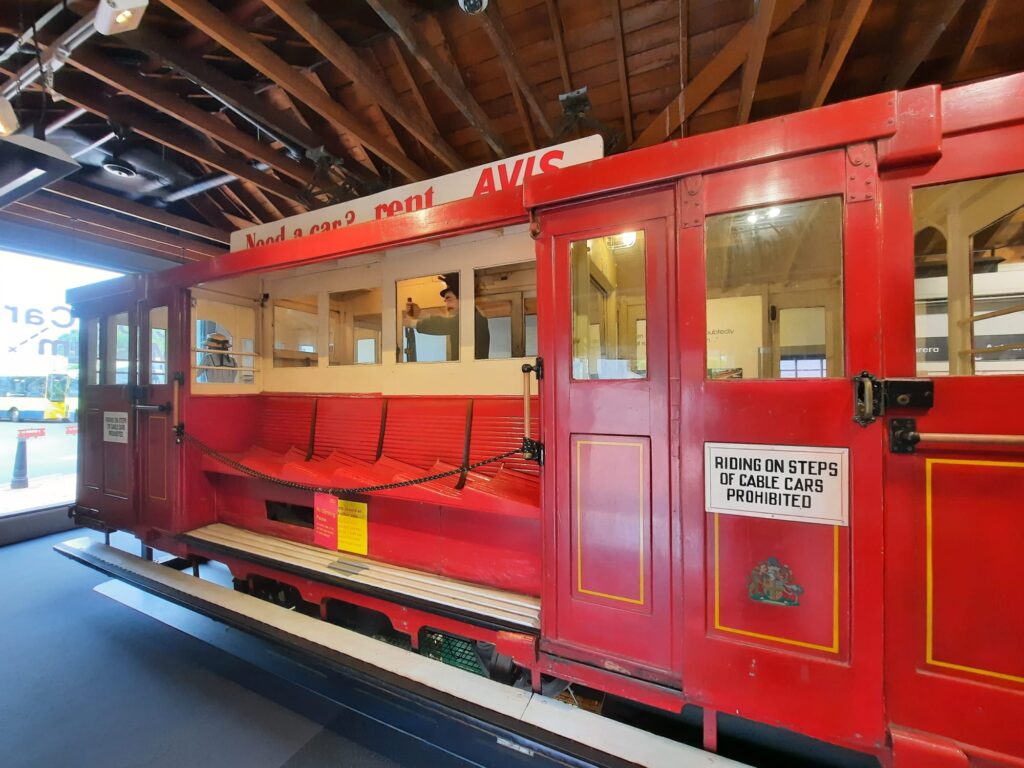
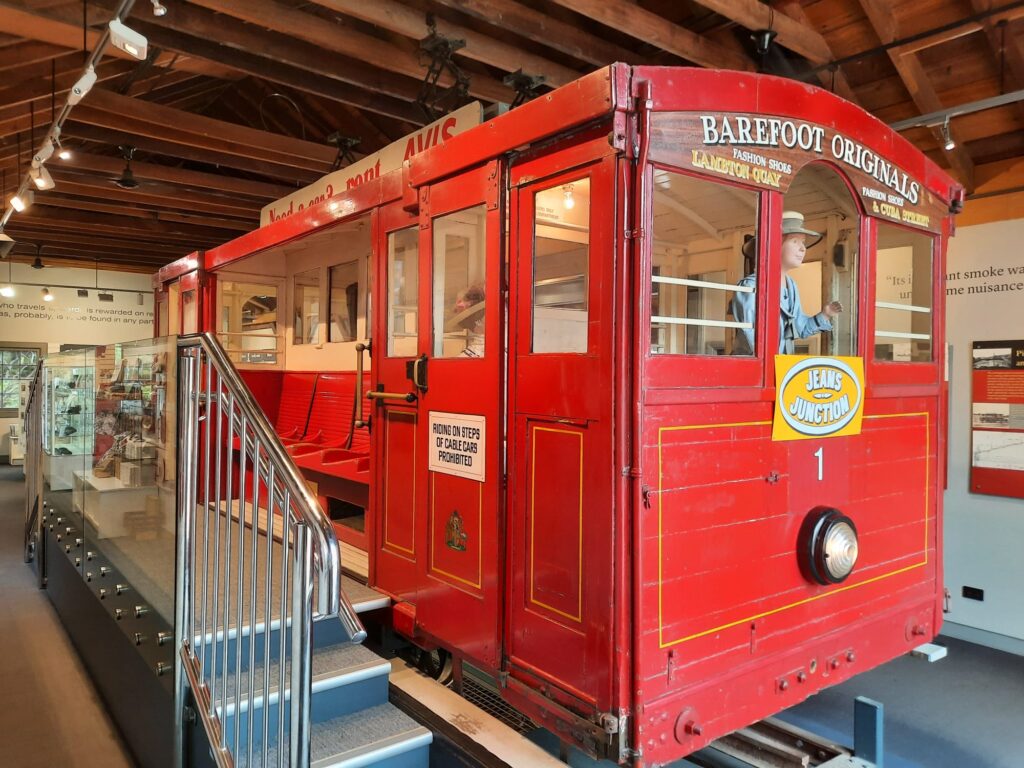
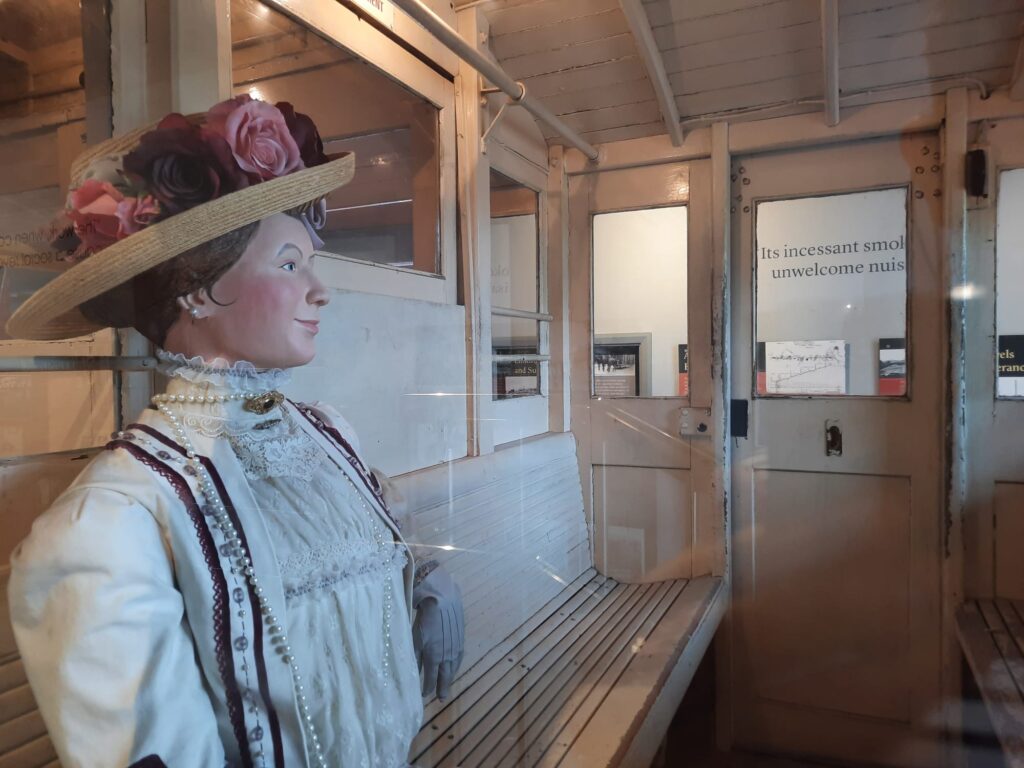
Wellington’s Beloved Cable Cars
Today marks our final post from Wellington. It’s been a good trip: we’ve looked at what to do over 48 hours in the city, before deep diving into Te Papa and Wellington Museum. Today we’re looking at the Cable Car Museum in the hilly suburb of Kelburn.
You may recall that in an earlier post, I recommended taking the cable car up the hill, walking across the Botanic Garden and Bolton Street Cemetery, and emerging near Parliament. I really do recommend that loop, but also suggest stopping off at the Cable Car Museum on the way. For a start it’s free. And it gives a good grounding in the history of the city’s cable cars, how they supported Wellington’s expansion, and why they are such an important part of its identity.
By the 1890s, Wellington had been New Zealand’s capital for thirty years or so. But, standing on very hilly terrain, useable land was at a premium. When new housing was proposed in Kelburn, the idea of a cable car emerged to make access easier and the suburb more attractive. The Kelburne & Karori Tramway Company was established. The company set about buying land and negotiating with Wellington City Council. Dunedin-born engineer James Fulton designed the system and chose the route, and construction began in 1899.
The cable car opened in 1902, to high demand. Over the decades it evolved with new technological developments: from steam to electric winding, for instance. From the 1940s it found itself in competition with council-run bus services. And from the 1960s and 70s it was becoming outdated in terms of safety and comfort. From 1978-79 the cable car underwent a complete renovation, changing from a hybrid cable car and funicular to a full funicular (meaning two cars permanently attached and balanced on one cable).
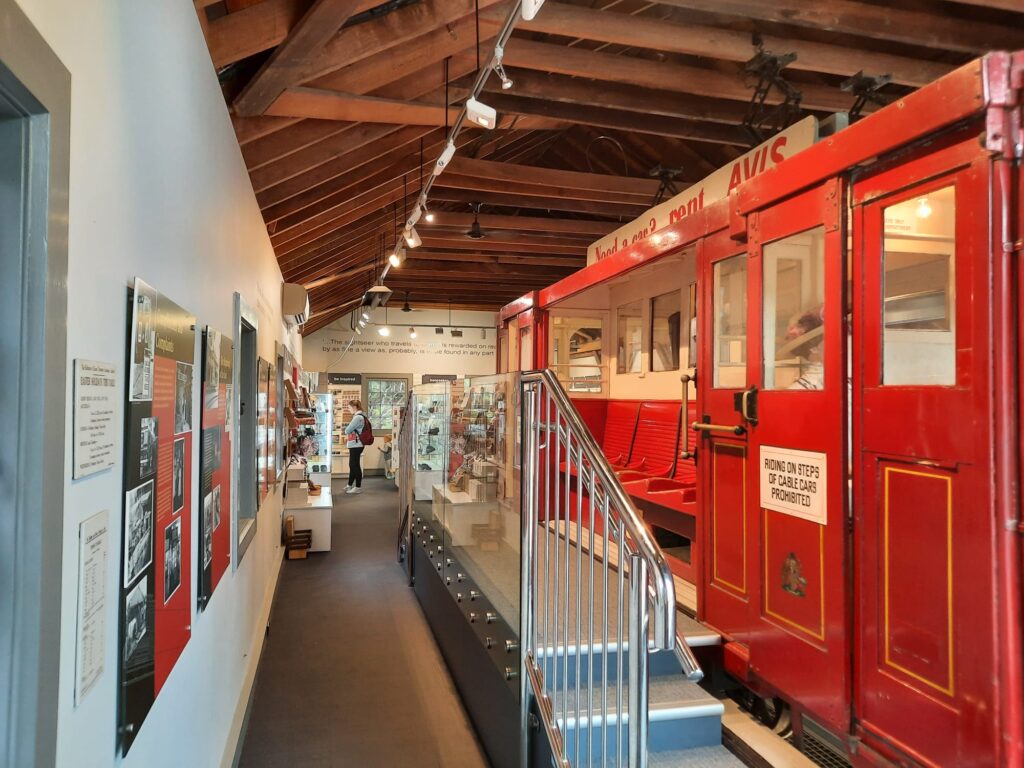
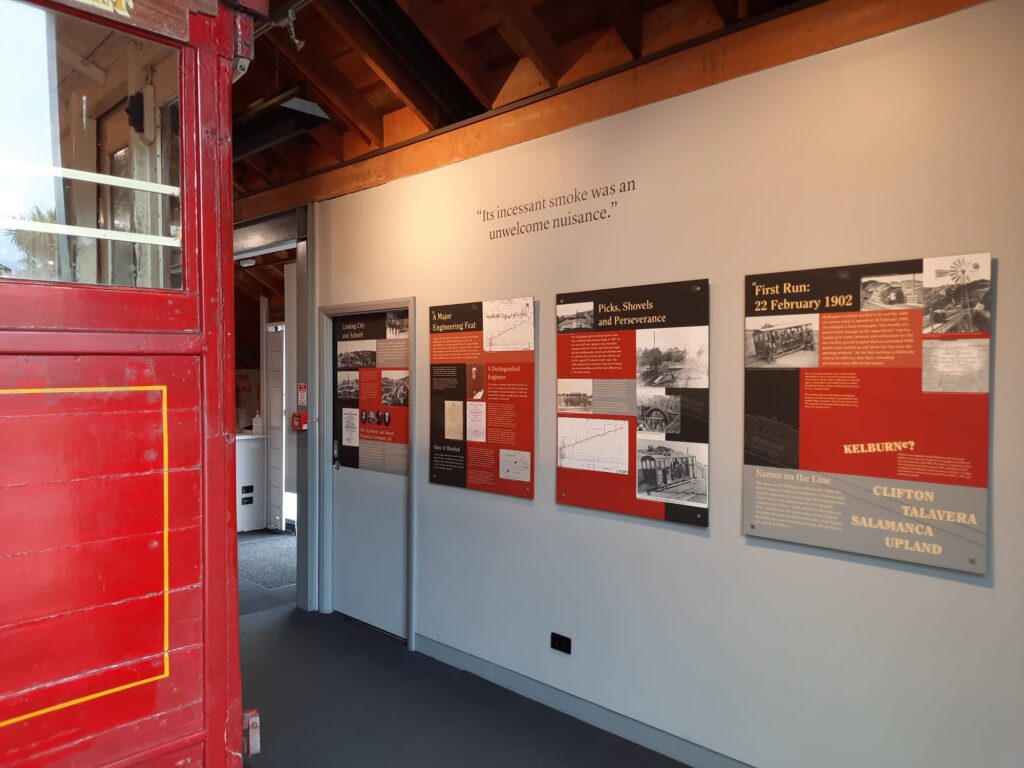
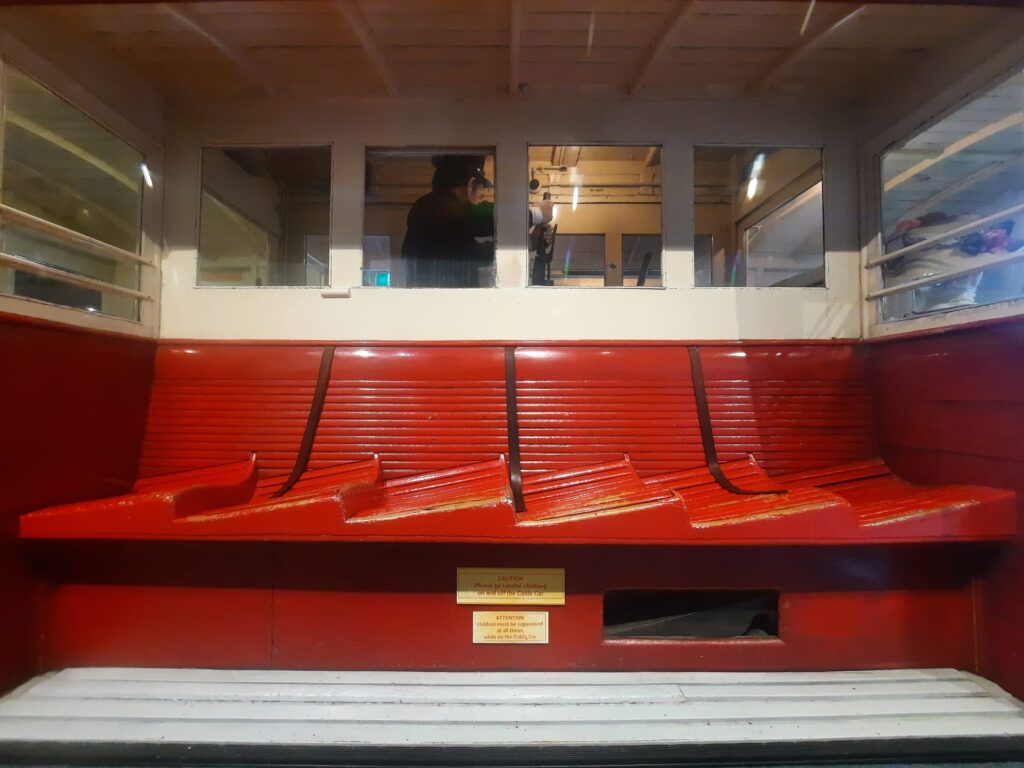
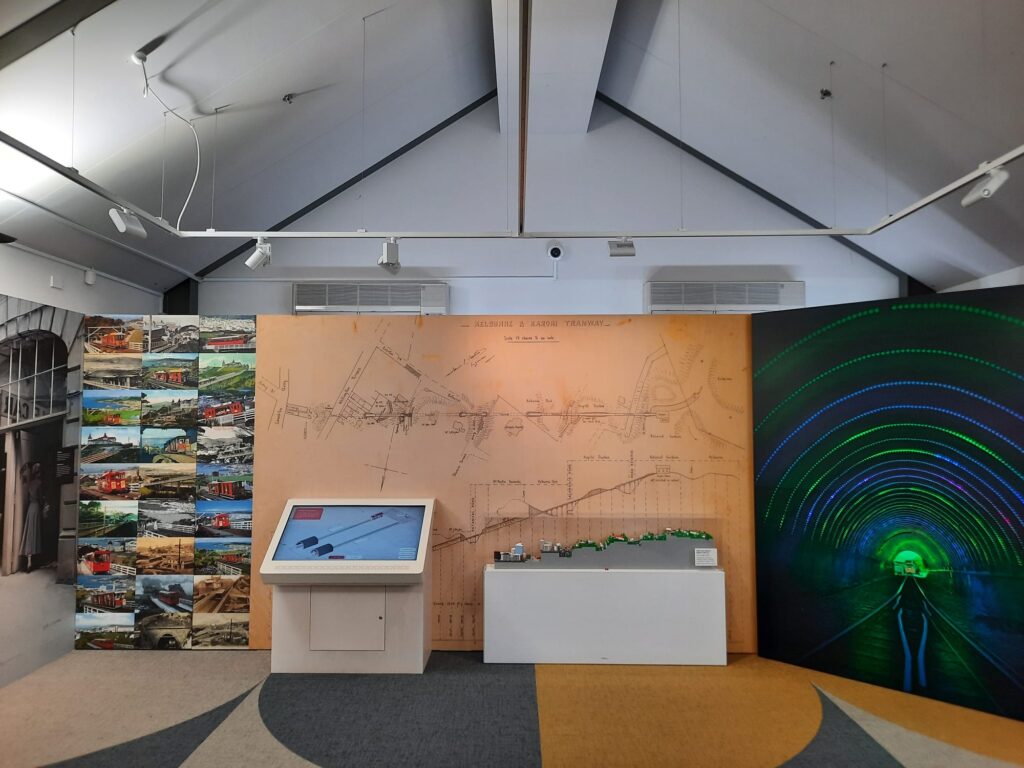
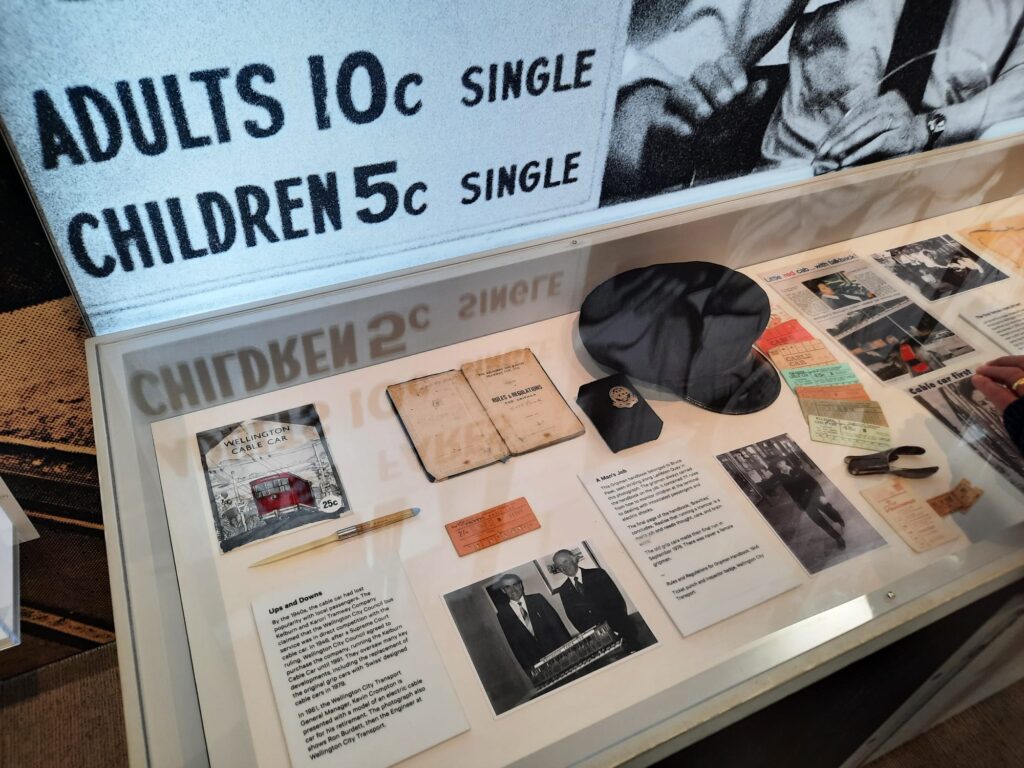
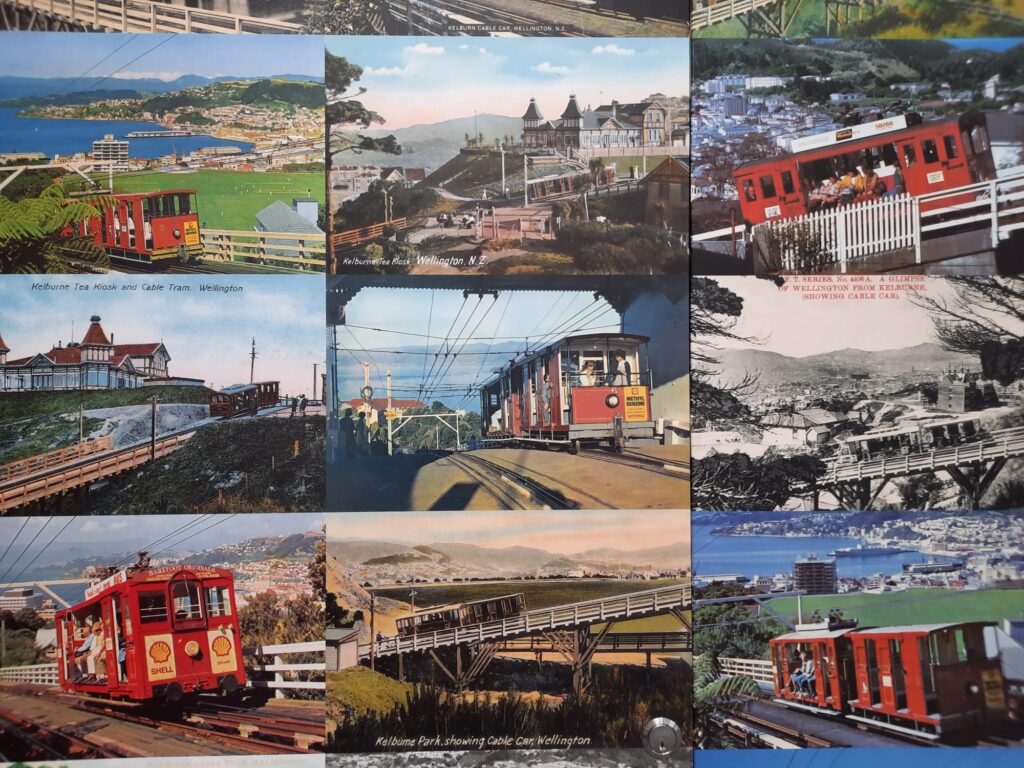
The Cable Car Museum
Wellington’s cable car is a much-loved symbol of the city, ferrying commuters, students and tourists alike up and down the city’s steep slopes. And since the year 2000, the story of the city’s cable cars has been told in the Cable Car Museum. Like Wellington Museum, the Cable Car Museum is run by Wheako Pōneke Experience Wellington.
The museum is handily located right by the top cable car station in Kelburn. It’s in this location because it’s in the cable car’s original winding house. This is the one that started as a steam winding mechanism, was converted to electricity in the 1930s, and was decommissioned in 1978 when the entire cable car mechanism was replaced. The older mechanism is still in place and operational, although it only runs a short length of cable these days rather than multiple cable cars up and down the hill.
A 2006 extension to the museum means today there is ample display space. Visitors enter at the upper floor, which contains plenty of historic information, a shop, and a ‘red rattler’ cable car. These were in operation on the line from the 1950s to 1970s, and you can probably guess the reason for the name. Downstairs is the winding mechanism, a second car restored to its 1905 appearance, and views out to the Botanic Garden.
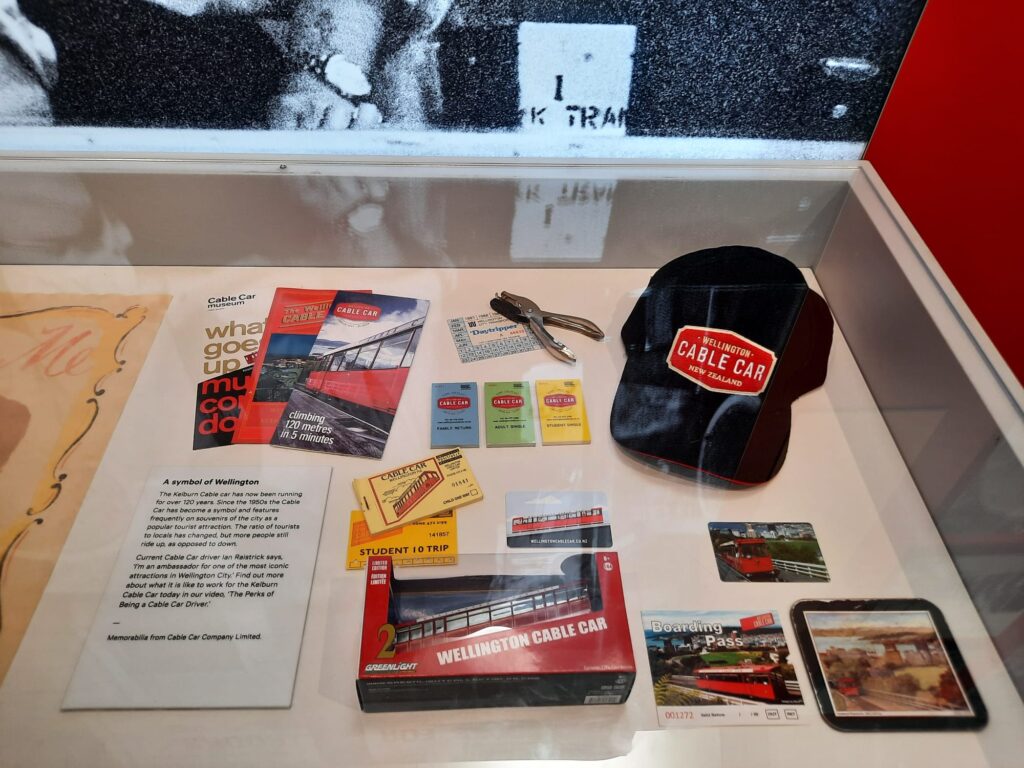
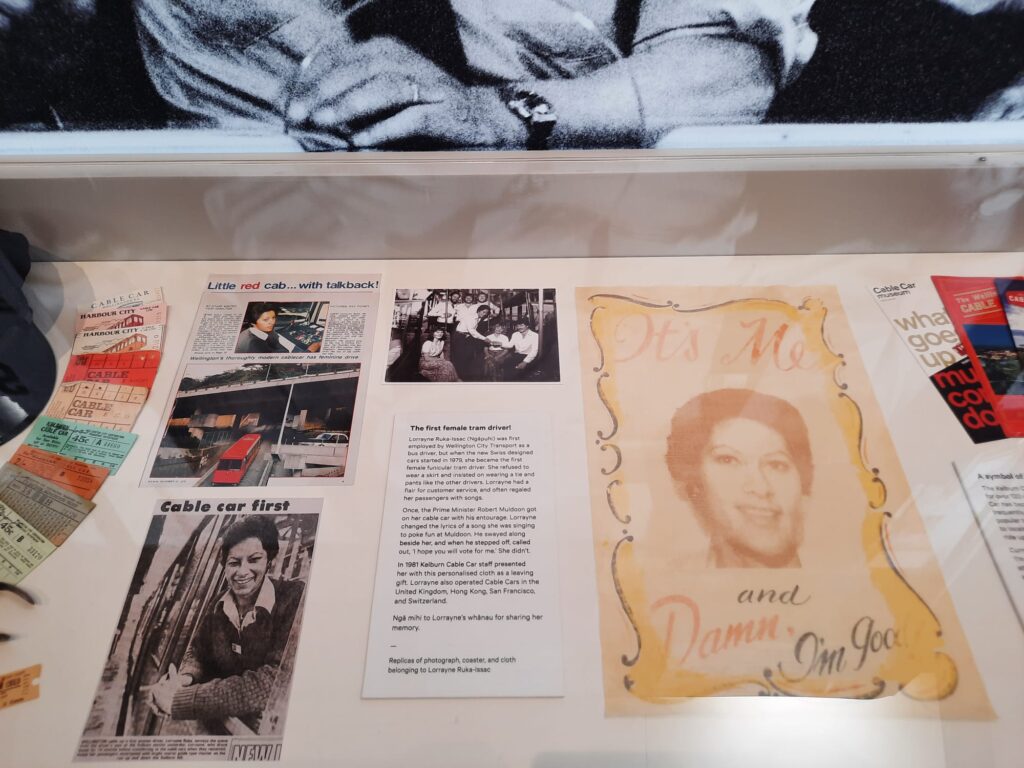

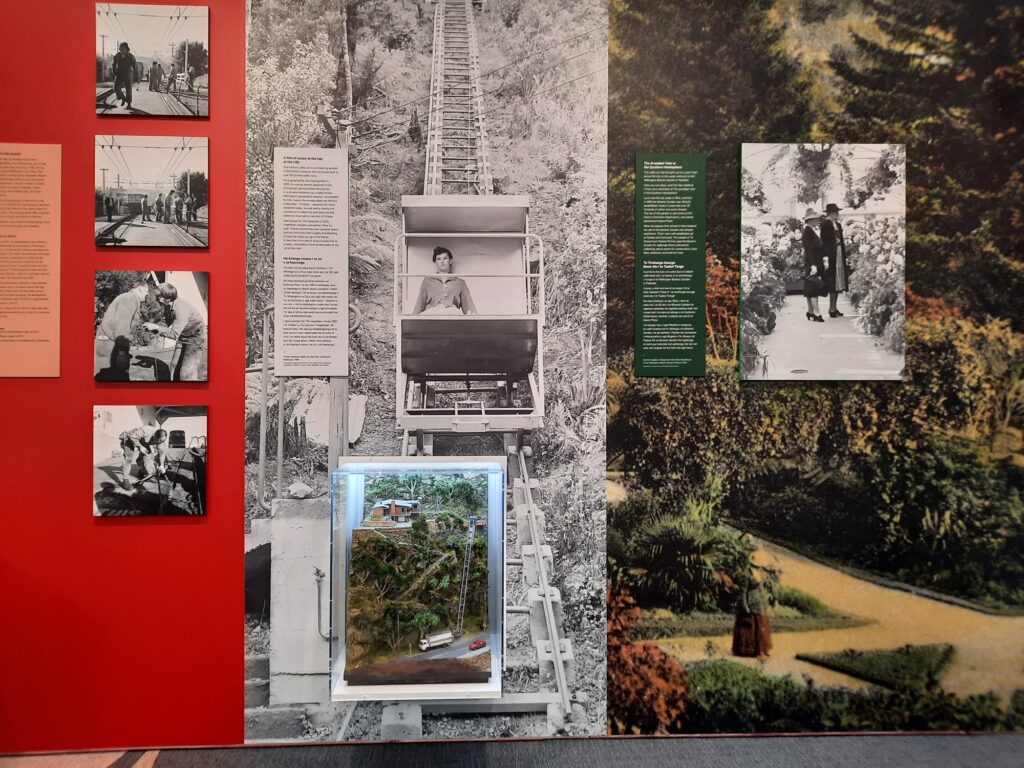
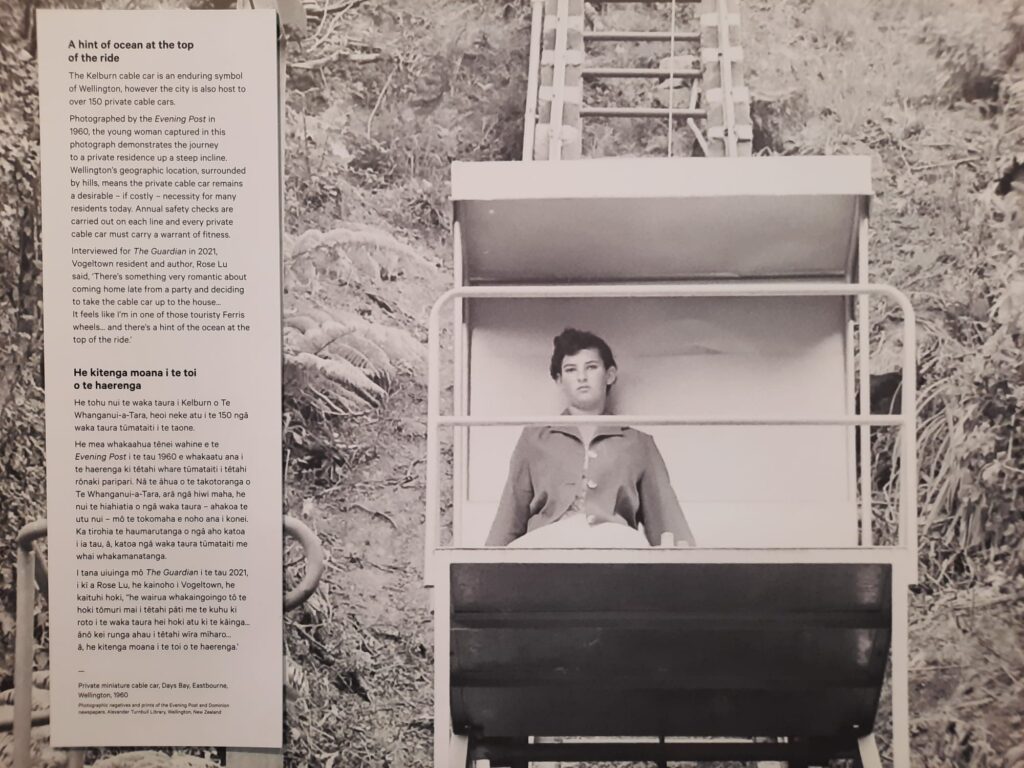
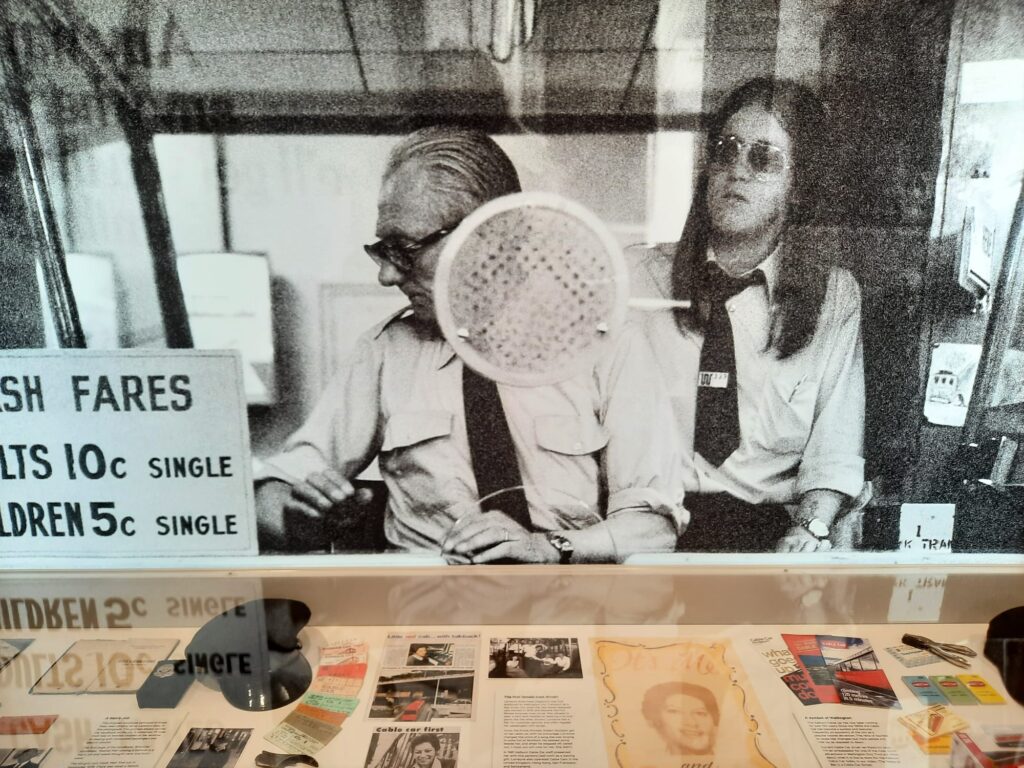
Transport History and Social History
The main events at the Cable Car Museum are the winding mechanism and the two preserved cable cars. The remainder of the displays consist of information panels, objects related to the history of the cable car, and one or two videos. There’s a lot of reading to do upstairs. Successive panels explain the development of Wellington’s suburbs, the commercial and technical development of the cable car, and its reception. They also relate historic details including prices, accidents, and ‘firsts’. There are plenty of archival images to support the story, but it is definitely information-dense.
Moving through the museum, newer museological techniques come into focus. The displays are more object-centric, for one. There’s also a bigger focus on personal stories like that of the first female cable car driver, Lorrayne Ruka-Isaac. This is also where we start to see more bilingual English/Māori texts, which are becoming increasingly common in museums throughout Aotearoa New Zealand. I learned a lot here about the cable cars, but also about Wellington. For instance, there are over 150 private cable cars across the city. I spotted a few on my subsequent travels around the city, but wouldn’t have known to look for them without this museum visit.
Downstairs is the preserve of the transport enthusiasts. The restoration of Grip Car No. 3 is impeccable. It’s very evocative of the cable car’s Victorian origins. It’s also technically interesting as the grip man’s cabin, from whence he would control and brake, is right in the middle. The room housing the winding mechanism also has explanations of the engineers and engineering involved. You can read about wheels, ropes, grippers, and meet some of the key figures involved in the Wellington Cable Car, making it happen with can-do attitudes and a bit of ingenuity.
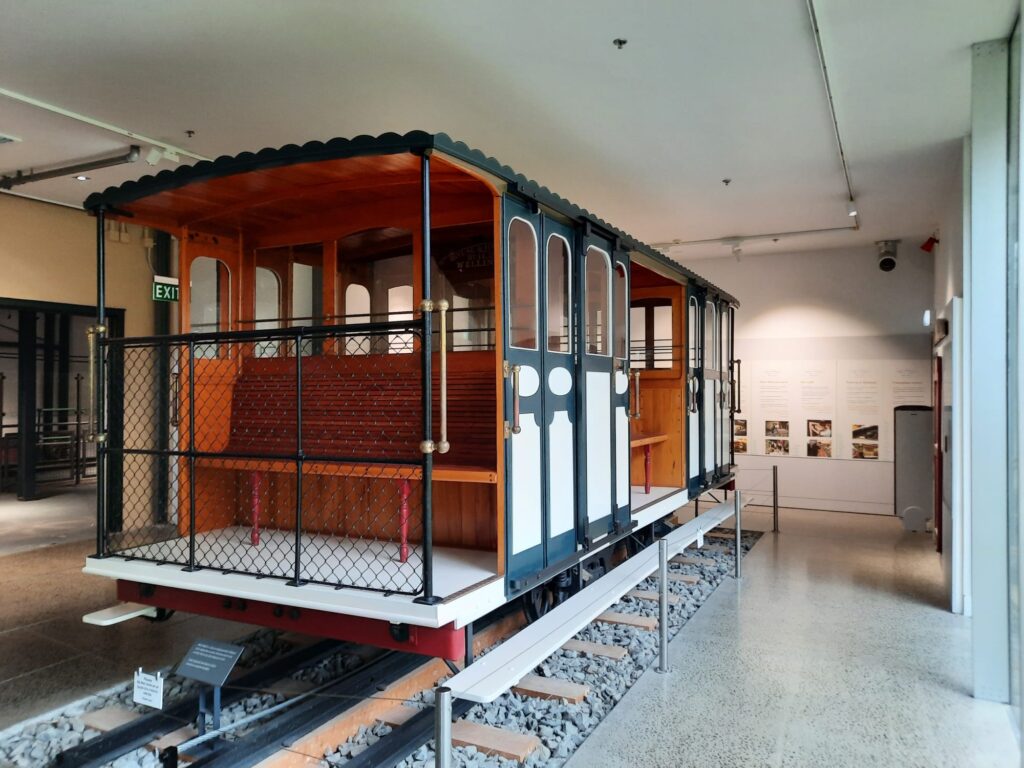
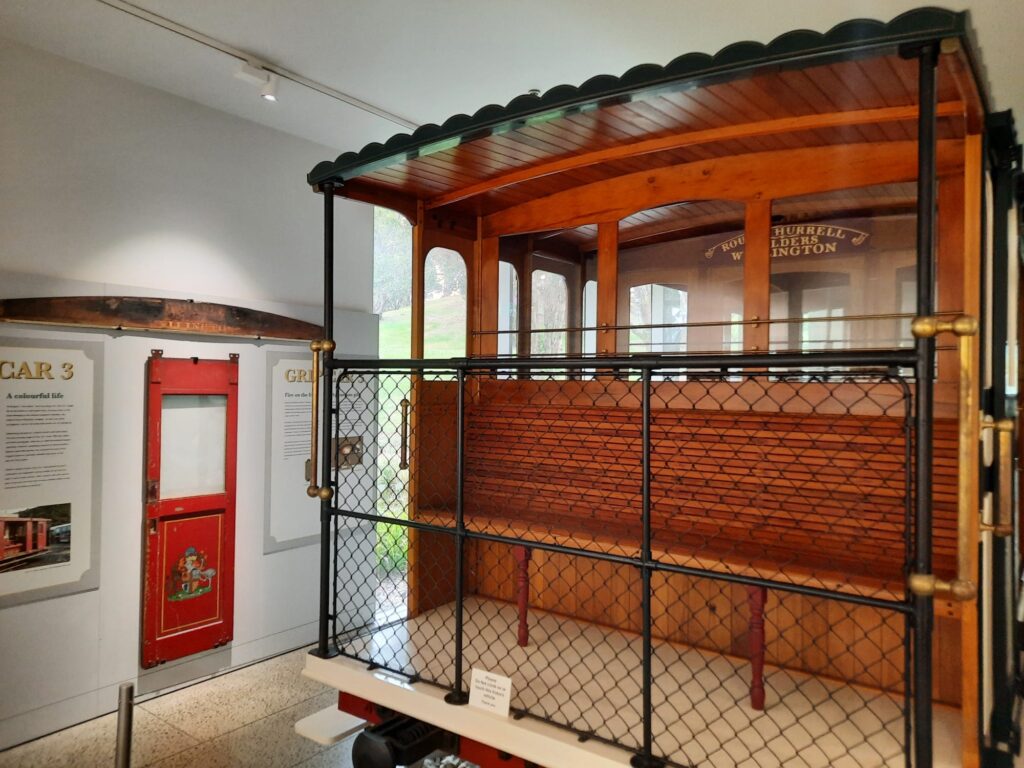
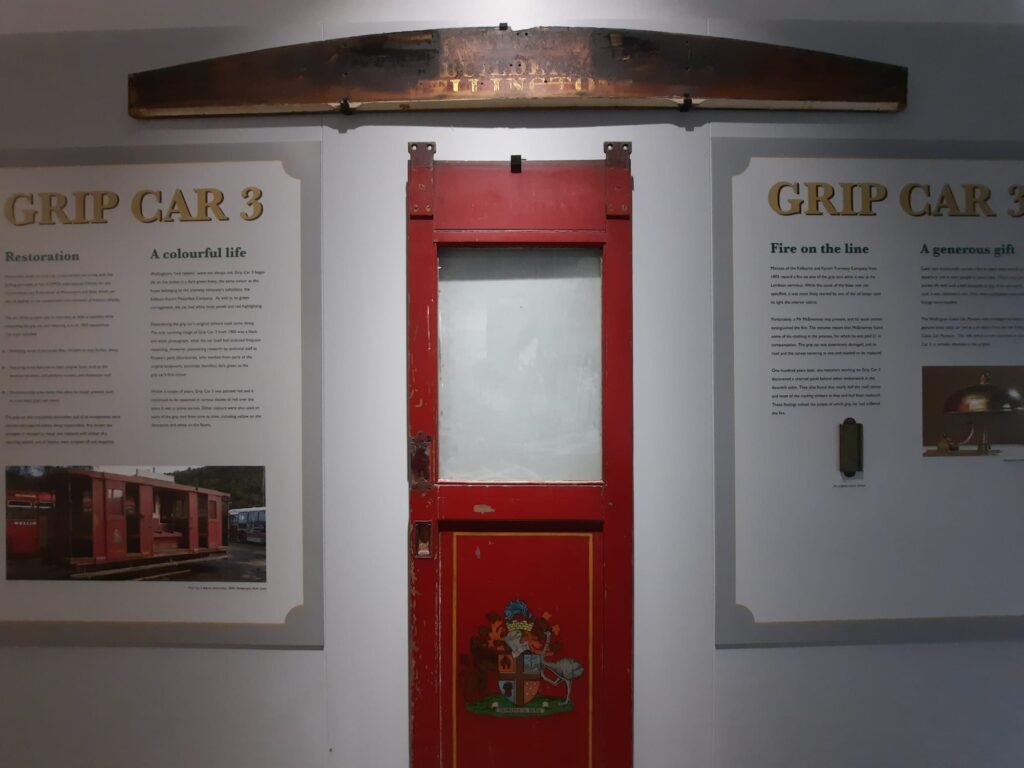
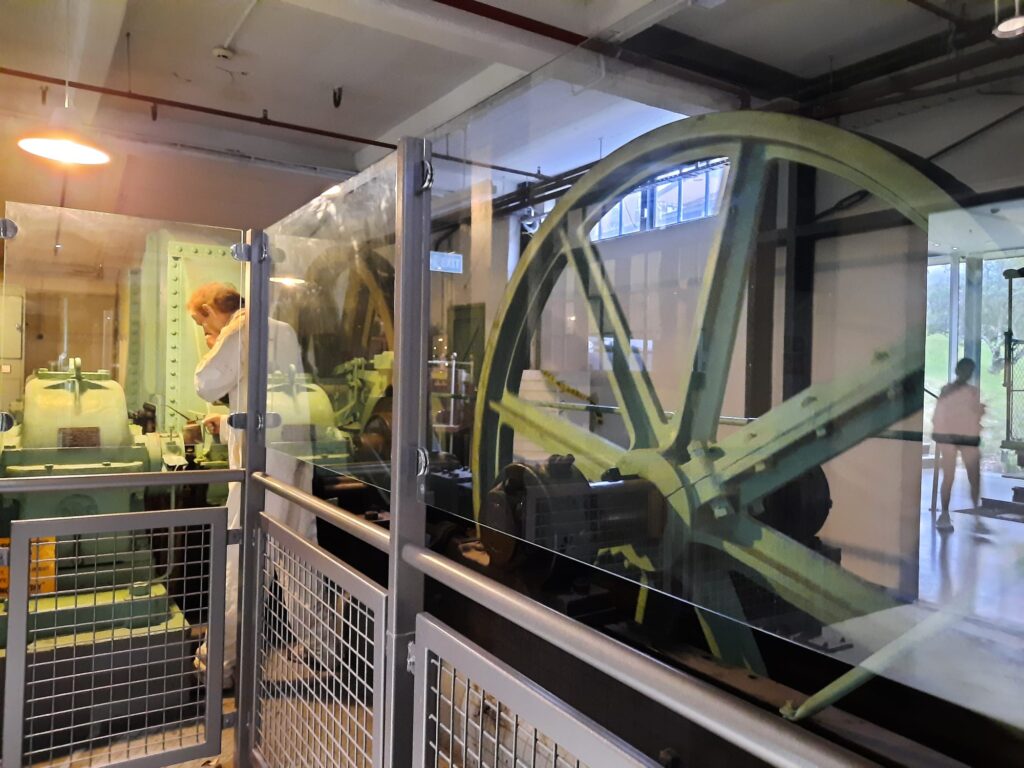

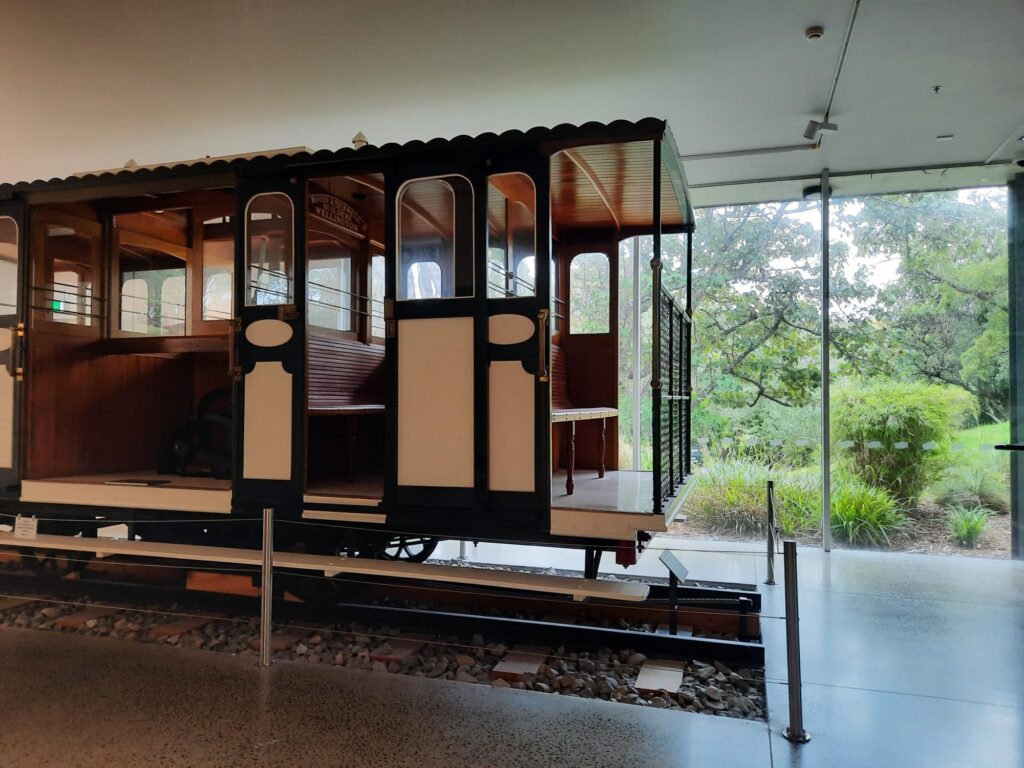
Final Thoughts on the Cable Car Museum
If you’re visiting Wellington you’ll have a lot of options for how to spend your time, particularly on a short trip. But chances are you may have thought about taking the cable car, either in its own right, as a starting point for a trip to Zealandia Ecosanctuary, or as part of a walk such as the one I mentioned earlier. And if you’re there, why not stop in at a free museum and learn a little more about it?
I think this is the main draw of the Cable Car Museum – it’s complementary to what is already a very pleasant tourist attraction. And whether your interest is casual or more in-depth, you’ll learn something. The museum does a nice job of blending social history with engineering detail. And those historic cable cars are impressive to see and to contrast against the more safety conscious but perhaps less picturesque cars of today.
I hope you’ve enjoyed taking this excursion to Wellington with me. I certainly enjoyed getting reacquainted with a city I spent time in years ago, and seeing what’s changed and what hasn’t. Next up is Dunedin, where we will visit a few new spots. Even in the most familiar of cities, there’s always something new to discover!
Salterton Arts Review’s rating: 3/5
Trending
If you see this after your page is loaded completely, leafletJS files are missing.

